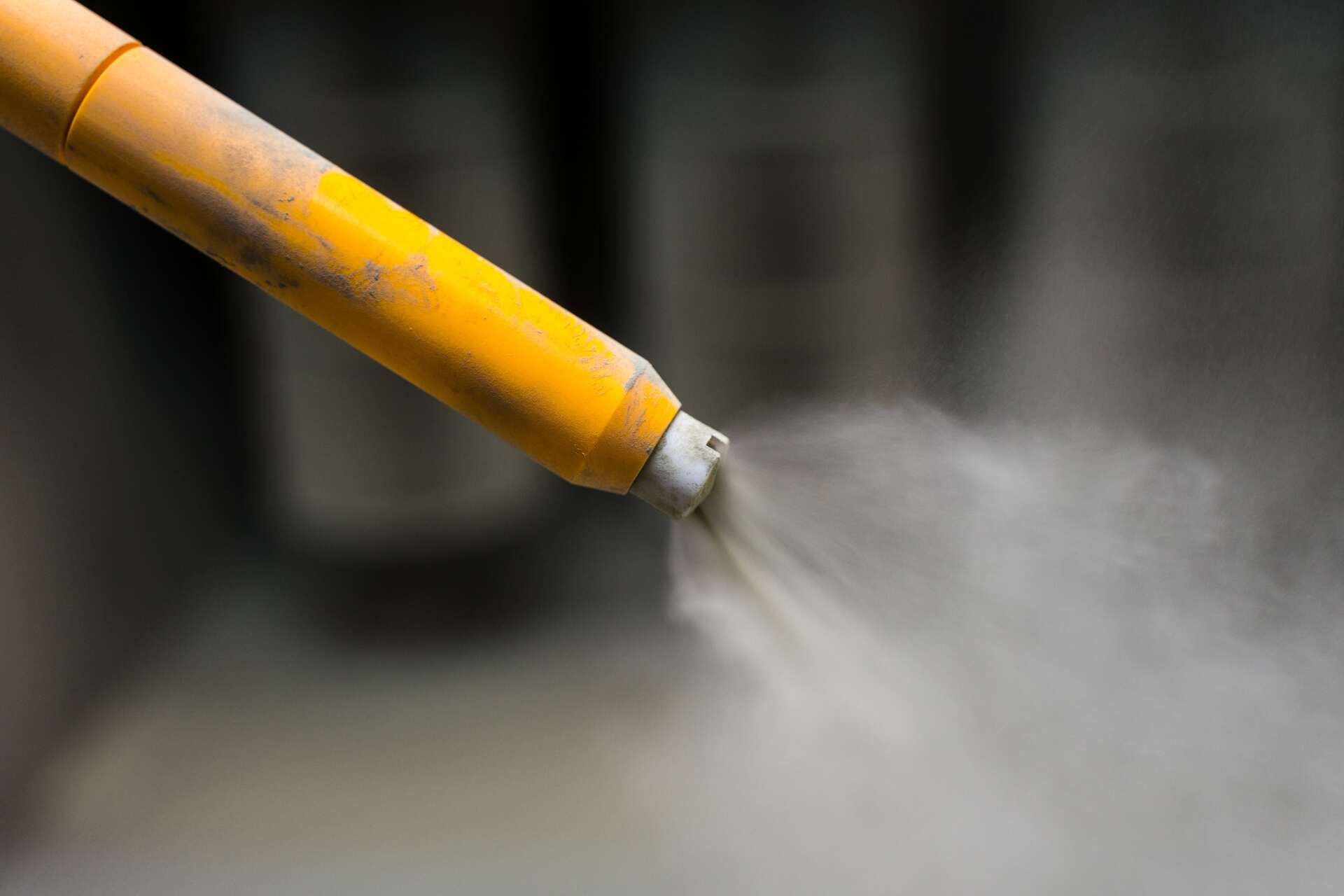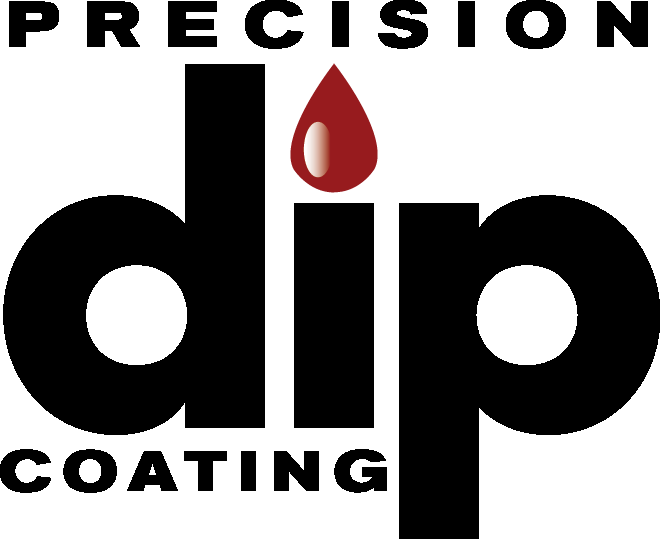Electrostatic: Painting or Powder Coating?

If you've done a little research on electrostatic surface treatments, you may have encountered both electrostatic painting and electrostatic powder coating. While these processes both rely on the same magic of physics that creates an exceptionally strong bond between a surface and the surface treatment, they differ in important ways.
Similar Processes
Electrostatic powder coating is the application of an electrically charged, powdered plastic resin to a surface, usually metal. Powder coating is typically applied through either a spray gun or a fluidized bed, depending on a project's details. Because powder coating is heat cured, it is normally done in the shop rather than on site.
Electrostatic painting is a similar process, relying on electrically charged paint and a spray gun, but electrostatic paint does not need to be heat cured, so it can generally be done in the shop or on site.
Powder Coating's Superior Durability
Electrostatic bonds between paint or powder coatings and a surface are quite strong, offering long-lasting protection.
The powder coating process also requires parts to be heated after spraying or dipping to cure the coating and create an incredibly strong and durable bond with the surface. Because of this added step, powder coating will generally last longer, be more chip and wear resistant, and colors will remain vivid longer with powder coating than with electrostatic painting. Powder coating can also be applied in thicker layers than paint allows, further improving its durability.
Varied Materials
The coating materials for the two processes are fundamentally different. Electrostatic painting uses a liquid paint while electrostatic powder coating utilizes a wide variety of powdered plastic resins. Both materials can be custom colored, but powder coating has an edge with smoother, more even coats and expanded opportunities for textured finishes.
Eco-Friendly Powder Coating
Electrostatic techniques are naturally low-waste because the electrical charge draws the coating material to the surface helps make sure virtually all material ends up on the product being coated.
The electrostatic powder coating process is environmentally friendly, with no concerns about air pollution or toxic byproducts.
Electrostatic painting, on the other hand, primarily uses oil-based paints with thinning solvents, typically laden with volatile organic compounds (VOCs), making them very much not environmentally friendly materials.
At Precision Dip Coating, we have decades of experience in high-quality powder coating to produce the results you want within your budget. Contact us today to learn more about our full array of coating and molding solutions.






